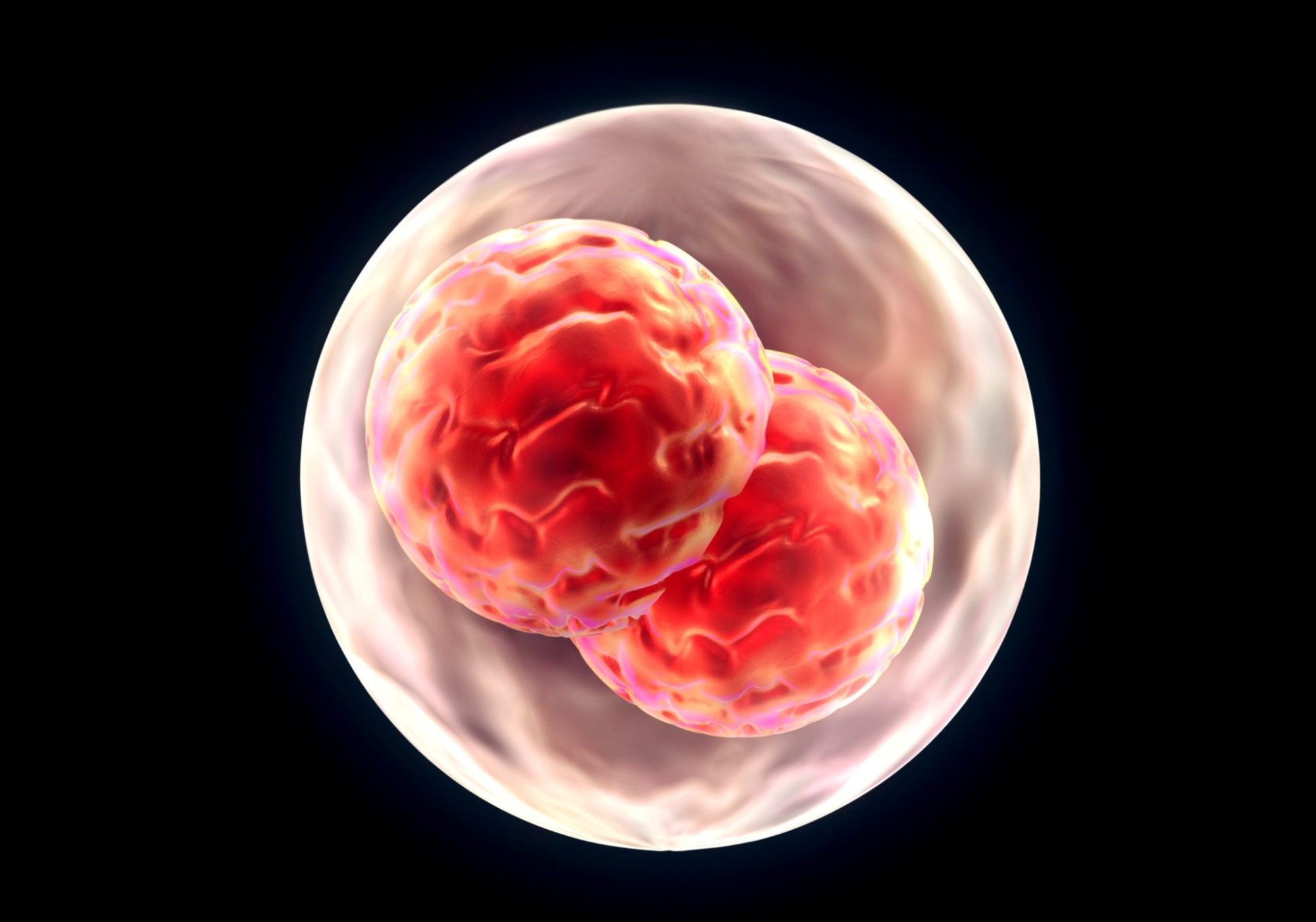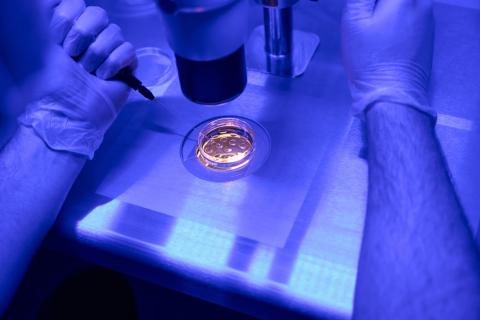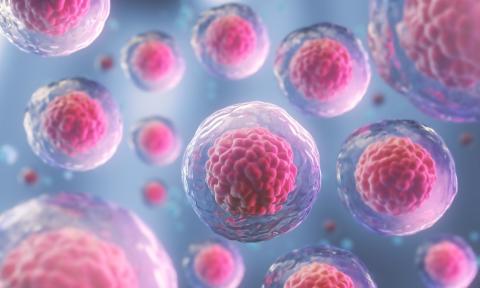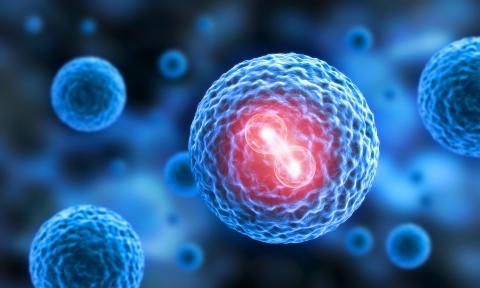Reaction: ‘Nature’ journal publishes two models that mimic human embryo development after implantation in the womb
Berna Sozen's lab at Yale University has announced a new milestone in the competition to create synthetic embryos: their human pluripotent stem cells self-organise into structures that mimic embryonic development on days 9-14 after fertilisation and include extra-embryonic tissues. Their achievement is published in Nature at the same time as another similar study, that of Magdalena Zernicka-Goetz, who a fortnight ago previewed her stem cell-derived human embryo model to The Guardian, sparking a controversy with Jacob Hanna, author of a preprint showing that she had achieved true synthetic embryos.

Lluís Montoliu - modelos embriones Nature
Lluís Montoliu
Research professor at the National Biotechnology Centre (CNB-CSIC) and at the CIBERER-ISCIII
I have had occasion to review this recent succession of papers and preprints, and this could be an order of events.
1) 14 June. Magdalena Zernicka-Goetz presents results at the ISSCR meeting in Boston that suggest significant advances in the development of synthetic human embryos (or human embryo models) from cultured human embryonic stem cells without preprint or publication support.
2) 14 June. The Guardian echoes this conference and publishes it with a headline that leaves no room for doubt. Synthetic human embryos of around 14 days of development have been achieved.
3) The newspaper article generates a lot of controversy and noise as it is clear that the data and details of the supposed breakthrough are missing.
4) 14/15 June. Jacob Hanna, a competitor of Zernicka-Goetz, reacts by depositing a manuscript with experimental details in bioRxiv which does show that they have indeed achieved synthetic human embryos in the laboratory.
5) 15 June. Zernicka-Goetz reacts by quickly depositing in bioRxiv a manuscript with her data, where it is clear that they use genetically modified pluripotent embryonic stem cells, unlike Hanna. We don't know at the time, but that manuscript (in which the title changes, but not the content) had already been submitted to Nature on 14 November 2022, which is peculiar to say the least. Normally the manuscript is first deposited in bioRxiv and then sent to the journal of choice for publication. Not the other way around, or at least not that far apart.
6) On 27 June Nature publishes Zernicka-Goetz's paper (and then we know that he submitted it in November 2022).
7) Simultaneously, Nature publishes another study (by Sozen, a third laboratory, this time from Yale) with similar results, in which the novelty lies in the successful development of extra-embryonic tissues for human embryos obtained in the laboratory.
I think we are witnessing competition between different laboratories on a topic that is both interesting and sensitive. Surely the article in The Guardian, the source of all this controversy, was premature. The behaviour of the Hanna (Weizmann) and Sozen (Yale) labs is, I understand, within the usual parameters of the scientific community.
For his part, Zernicka-Goetz, after the publication of the article in The Guardian that sparked the controversy, wanted to put his work on record by depositing a manuscript in bioRxiv that had already been submitted eight months earlier to Nature and was close to publication, but which he could not refer to until the journal had given its final approval for publication.
I prefer to stick to the substance of the controversy. Several laboratories have succeeded in generating artificial human embryos in the laboratory from the spontaneous rearrangement of different types of pluripotent embryonic stem cells. The resulting human embryo models show characteristics similar to those of natural human embryos at around two weeks of development beyond the implantation stage. These developments will make it possible to investigate a stage of early human embryo development (around implantation) that has so far been very difficult to study. A key stage in the development of mammals in general (and primates and humans in particular) and a stage that is probably responsible for a large proportion of human embryo miscarriages where something goes wrong during the process. Naturally, these developments are of equal interest and concern, because of the ethical and legal issues involved.
Pedroza, M., Gassaloglu, S.I., Dias, N. et al.
- Research article
- Peer reviewed
- In vitro
Weatherbee, B.A.T., Gantner, C.W., Iwamoto-Stohl, L.K. et al.
- Research article
- Peer reviewed
- In vitro



